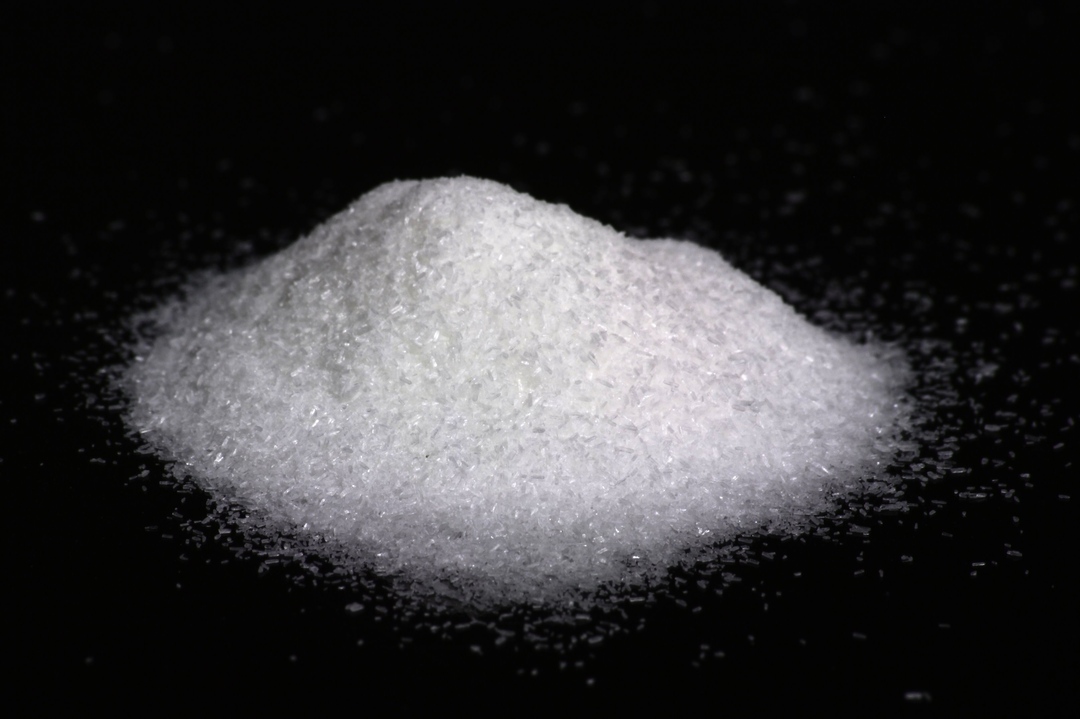Principles of age-related nutrition
In the overwhelming majority, the figures of people of middle and older age differ from the figures of 18-20-year-old girls and boys. And the main difference is the increase in fat deposits on the body. Yes, among young people, too, there are overweight people, especially now, amid the popularity of the fast-food industry and a decrease in physical activity, but their percentage is much lower. Accordingly, it is easy to talk about the relationship of the age factor with excess weight.

Contents
- 1 Why do we get fat with age?
- 2 How does nutrition and lifestyle correspond with metabolism?
- 2.1 simple conclusion
- 3 3 principles age power
- 3.1 1. Reduce the amount of calories
- 3.2 2. Use split meals
- 3.3 3. Be careful with carbohydrates
Why we get fat with age?
Most obese individuals complain of slow metabolism. And they are really right about something. Metabolism plays a significant role in the amount of subcutaneous and visceral( the fat that worries us) body fat. At the same time, the slowing down of metabolism depends on many factors, not excluding genetic ones.
However, every person, regardless of their genetic predisposition, a slowing of metabolism with age - it is a natural process of aging. Hence - extra pounds.
But there is one more thing that you must always remember when you become older: after a certain age, your body begins to reduce its calorie needs. When growth processes are in full swing, the body needs energy and building material for these transformations. Therefore, in adolescence and young age, a stronger and more balanced diet is more important than ever. However, the formed organism, when the processes of growth and renewal are not so active, there is no need for enhanced nutrition. And what worked for you before, will turn against - the unused calories will turn into excess fat.
How does nutrition and lifestyle correspond with metabolism?
Are all those who complain about their metabolism right, while eating "bad" foods 2 times a day? No, they are wrong. Of course, slow metabolism is the main factor of excess weight, but a person can influence the speed of metabolic processes with food and lifestyle. Of course, if your diet is a lot of simple carbohydrates such as sweet pastries, sweets, sugar products, and these complex carbohydrates like cereal, bread, potatoes but rarely vegetables and fruits in your diet, you will gain weight.
Simple conclusions
For life you can try on yourself a thousand different diets, make sure of the effectiveness of some and the inefficiency of others. But what will it change? Sooner or later you will stop observing the diet, and everything will return to the initial coordinates. You need something simple and understandable, something that can be observed throughout life.
3 principles of age-related nutrition
1. Reduce the number of calories
As mentioned earlier, an 18-year-old body needs more calories than for a 30-year-old. Therefore, every year the number of calories needed to maintain their own weight, decreases.
Therefore, from year to year you need to gradually reduce the amount of food in your diet or its caloric value. But how does it happen in reality? But in reality, everything is the other way around.
2. Use the fractional power of the
The principle of fractional nutrition is that you eat your usual food ration not for 2-3 intake, but for 5-7( see "Fractional Nutrition and Testosterone Level").This diet improves metabolism, regardless of what you eat. In order to start losing weight actively, you need to adjust your diet, giving preference to natural, useful products.
3. Be careful with carbohydrates
It is carbohydrates, not fats, as it is commonly believed, provoke a set of excess weight. And if in youth you could eat anything, without feeling changes in your weight, then with age, the amount of carbohydrates consumed should be reduced. But carbohydrates are energy. Therefore, without them it is impossible. Therefore, we offer you such an algorithm of actions:
- Reduce the consumption of simple( fast) carbohydrates from confectionery products and increase the amount of carbohydrates obtained from fruits and vegetables.
- Reduce the intake of some complex carbohydrates.
What kind of simple carbohydrates? How do they differ from complex ones? Simple carbohydrates are vegetables, fruits, as well as confectionery and sweets, which if not completely excluded from their diet, then reduce their consumption to the lowest possible minimum. Complex carbohydrates are cereals, potatoes, bakery products. Simple carbohydrates are digested by our body for 15-120 minutes, while the assimilation of complex carbohydrates takes up to 12 hours. Therefore, taking food rich in complex carbohydrates, we longer feel satiety, which is good.
So, simple carbohydrates like sweets, confectionery, sugar, sweet drinks, white bread are excluded or severely restricted, replacing them with carbohydrates from natural fruits and vegetables.
Foods rich in starch are complex carbohydrates. They contribute to a good saturation and permanently satisfy the feeling of hunger. But, getting into the body, starch quickly turns into sugar. However, this is not true for all starches, but only for those having a simple molecular structure and a weak connection between them. Such products as potatoes, white rice, pasta, bread, flour products, cereals( cereals) contain starch, rapidly turning into sugar.
Not only are such products easily digestible themselves, they also undergo further processing( for example, flour is a very crushed grain), which facilitates their assimilation. So, give preference to whole-grain products( see Table 1).
Table 1 - List of conventional and whole grains
| NORMAL PRODUCT | WHOLE GRAIN PRODUCT |
|---|---|
| WHEAT BREAD FROM WHITE FLOUR | Rye bread and wheat bread from coarse flour |
| White rice ground | Brown( brown, brown) rice |
| White flour flour | Pasta from whole wheat flour or hard wheat varieties |
| Oat flakes( highly flattened, ground, thin oat grains) | Whole grained oat croup |
| Buckwheat groats | |
| Pearl barley |
Recommended for viewing:



